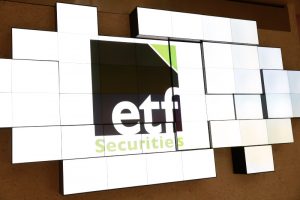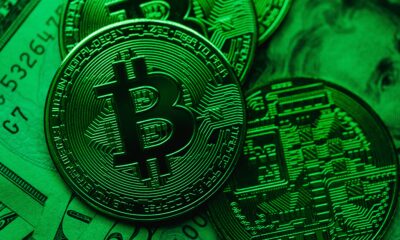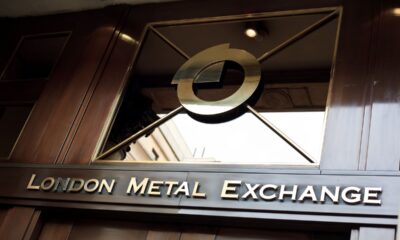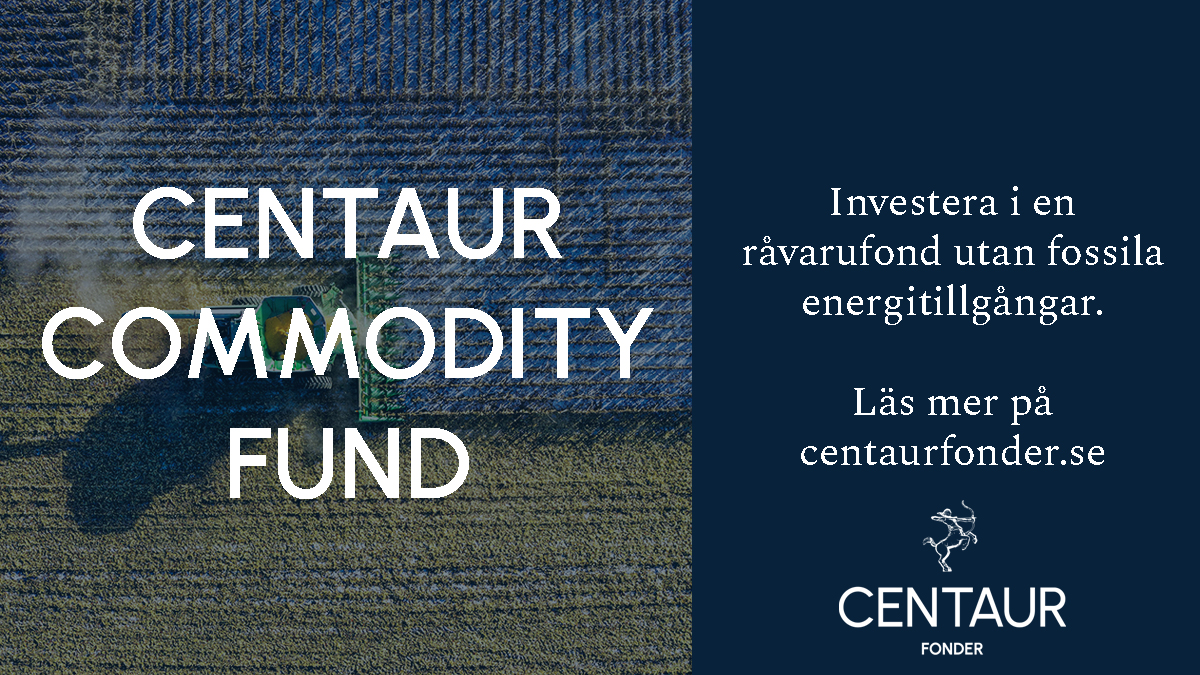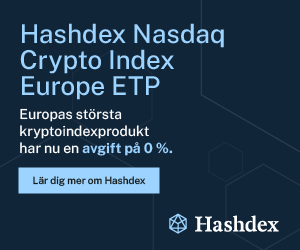ETF Securities – Oil and Gold ETPs Remain in Focus Despite Easing Geopolitical Tensions. Geopolitical risks remained a focus for investors last week, with gold and oil ETPs seeing the 8th consecutive week of inflows. Russia and Ukraine progressed towards the termination of the conflict by agreeing on a permanent ceasefire, but fighting resumed on Sunday, threatening to end the truce. While the geopolitical situation appears to be improving, demand for defensive assets is likely to remain strong as uncertainty surrounding the relationship between Ukraine and Russia lingers. Meanwhile, the ECB surprised the market by cutting interest rates by 10bps and announcing a programme of purchasing asset backed securities last week, in an attempt to reinvigorate economic activity.
Highlights
Oil and gold ETPs continue to see inflows despite easing geopolitical tensions.
ETFS Daily Leveraged Silver (LSIL) sees the highest inflows since June as price drops to US$19oz.
Profit taking drives US$18.1mn of outflows from ETFS Aluminium (ALUM)
Oil and gold ETPs continue to see inflows despite easing geopolitical tensions
While it appears the easing in geopolitical tension surrounding the Russia/Ukraine standoff has weighed on precious metal and oil prices, investors continued to build hedges into their portfolios, with US$21.6mn added to long gold and oil ETPs last week. Gold ETPs recorded their 8th consecutive weekly inflows, totalling US$3.3mn last week. While the geopolitical situation appears to be improving, demand for defensive assets is likely to remain strong as uncertainty surrounding the relationship between Ukraine and Russia lingers. Moreover, we believe the continued recovery of US and China economies will also support demand for oil during the second half of 2014 with OPEC likely to reduce supply if demand and prices remain depressed. With speculative net long positions in oil futures likely to recover in the near term, we view current oil price levels as a good entry point and target Brent and WTI at US$110/bbl and US$105/bbl respectively.
ETFS Daily Leveraged Silver (LSIL) sees the highest inflows since June as price drops to US$19oz
Inflows into LSIL totalled US$6.9mn last week. The silver price has been trending lower for the past 7 weeks and it is now getting close to attractive levels, in our opinion. While inventories remain elevated, signalling lacklustre industrial demand, silver price is trading closer to its marginal cost of production that currently stands at US$15oz. The Silver Institute expects demand for the metal to grow at around 5% per annum over the next two years thanks to a sharp turnaround in the global photovoltaic industry, led by China. In the medium term we expect the trend of destocking and price appreciation to resume as the global recovery gains pace.
Profit taking drives US$18.1mn of outflows from ETFS Aluminium (ALUM)
Aluminium price is up 19% since the beginning of the year as production cuts have substantially improved the fundamentals of a market which has been plagued by oversupply for years. At the same time, copper ETPs saw US$68mn of outflows last week. Copper has lagged other industrial metals like aluminium, nickel and zinc this year, on aggressive production expectations and fears of a slowdown in China. However, we believe fears of copper oversupply are overblown and that copper remains attractive at current price levels given the underlying fundamentals.
Key events to watch this week
This week is relatively light in terms of economic releases, with industrial production figures for the UK, Japan, the Eurozone and India dominating the news flow. China’s new yuan loans, CPI and exports will also be monitored as investors try to assess the effectiveness of government policies on the real economy
Video Presentation
Simona Gambarini, Research Analyst at ETF Securities provides an analysis of last week’s performance, flow and trading activity in commodity exchange traded products and a look at the week ahead.
General
This communication has been provided by ETF Securities (UK) Limited (”ETFS UK”) which is authorised and regulated by the United Kingdom Financial Conduct Authority.
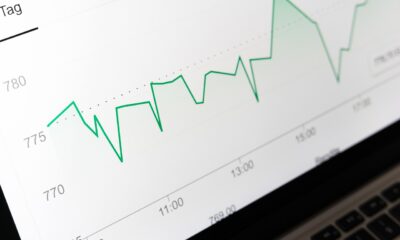
 Nyheter1 vecka sedan
Nyheter1 vecka sedan
 Nyheter4 veckor sedan
Nyheter4 veckor sedan
 Nyheter3 veckor sedan
Nyheter3 veckor sedan
 Nyheter4 veckor sedan
Nyheter4 veckor sedan
 Nyheter3 veckor sedan
Nyheter3 veckor sedan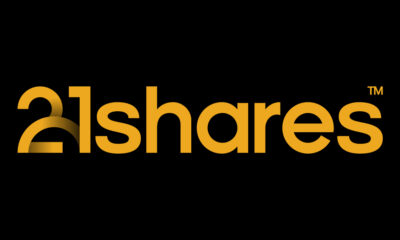
 Nyheter4 veckor sedan
Nyheter4 veckor sedan
 Nyheter4 veckor sedan
Nyheter4 veckor sedan
 Nyheter2 veckor sedan
Nyheter2 veckor sedan
